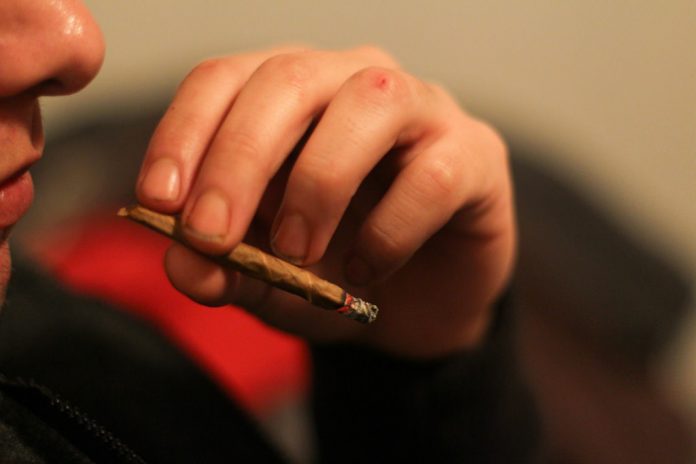The University of Victoria’s Centre for Addictions Research of BC (CARBC) is carrying out a study in multiple cities across B.C., including Chilliwack, on the use of illicit drugs by youth, and police relations with that same group. “The incidence of overdose and overdose mortality due to illicit drugs is at an all-time high here in B.C.,” explained Sarah Ferencz, a research assistant for the Youth Experience Project (YEP)’s Chilliwack site, adding that “youth are overrepresented among the victims of our current overdose epidemic.”
In an effort to understand patterns of drug use in Chilliwack, CARBC’s study is seeking volunteers aged 16 to 30 who have both lived in the city for the past six months, and use illicit drugs, including marijuana, at least once a week.
Ferencz, who graduated from UFV with a BA in criminal justice last spring, is part of a team that also includes another UFV alumnus, Nikki Dionne as a second research assistant, and UFV professor Dr. Zina Lee, who works as one of the co-investigators for YEP. In that role, Lee oversees the local ethics and operations of the study, and collaborates with the project’s principal investigator, Dr. Scott Macdonald.
Alissa Greer, the coordinator for Chilliwack, said: “The information gathered [through YEP] may be useful to create guidelines for how police interact with young people. We hope that the results will give us a better understanding of the substances youth in Chilliwack use relative to other cities, the relationships and interactions between young people and police, what it is about them that elicit positive or negative interactions, and how we might be able to promote more positive relationships between young people and police.”
Ferencz highlighted the importance of the study, saying that “from a criminal justice standpoint, we know that trust in our institutions, including trust in police (which is often the first point of contact people have with the justice system), is integral to ensuring safe communities.” She hopes that YEP will show which demographics’ variables may be strengthened to build trust in police. “In this way, I view CARBC’s research as contributing to public safety,” she added.
The study is, however, in need of participants, especially from the student demographic. “We are hoping to survey a wide spectrum of drug users, from marijuana to cocaine, to prescription drug misuse, to opioids… the whole spectrum of illicit drug use,” said Ferencz, who urges those who don’t meet the requirements but know others who might to still get in touch, saying “we would love to chat. We appreciate any help with identifying participants.” She adds that “we are also making a deliberate effort to recruit a diverse experience of youth. This includes university students, street-based youth, youth employed in the service industry, and so on. Other variables for representation include race/ethnicity, age (within the 16 to 30 limit), sexual orientation, type of substance used, and so on.”
Given the nature of the study, potential participants may be wary of disclosing information, but Ferencz says that “the researchers do everything in their power to ensure confidentially and anonymity. You do not have to disclose your name or other identifying information, and all communication with the research assistant, such as myself, is held in confidence and destroyed following completion of the research. You can withdraw at any time during the interview, and/or skip any question you do not feel comfortable answering. Your name is not recorded on the survey, but instead we identify you by a random number. Even these files are secured in storage, and are only accessible to the research team.”
The study is also using a system of “coupons” to find participants while also aiding research. “I think our methodology is really fascinating,” said Ferencz. “We are using respondent-driven sampling. So, we provide every participant with five coupons, with a corresponding code that connects each coupon to them. These coupons are distributed to five friends or acquaintances the participant knows who qualifies for the study. As the coupons return, networks of participants are formed, which contributes to a more nuanced analysis of our data.”
The coupon system also ties into the financial incentive offered to participants. “For the initial interview, you will be provided a $25 cash honorarium on the spot. For every one of your coupons that is returned for an interview, we will give you an additional $5 (up to $25). There is also the potential of a follow-up qualitative interview for $30. In total, that’s up to $80.”
Anyone interested in taking part in the project can contact the researchers, either as a potential participant or with questions, at (604) 799-5652, via email at Yep.Chilliwack@gmail.com, or on the Facebook page YEP Chilliwack.

Jeff was The Cascade's Editor in Chief for the latter half of 2022, having previously served as Digital Media Manager, Culture & Events Editor, and Opinion Editor. One time he held all three of those positions for a month, and he's not sure how he survived that. He started at The Cascade in 2016.


